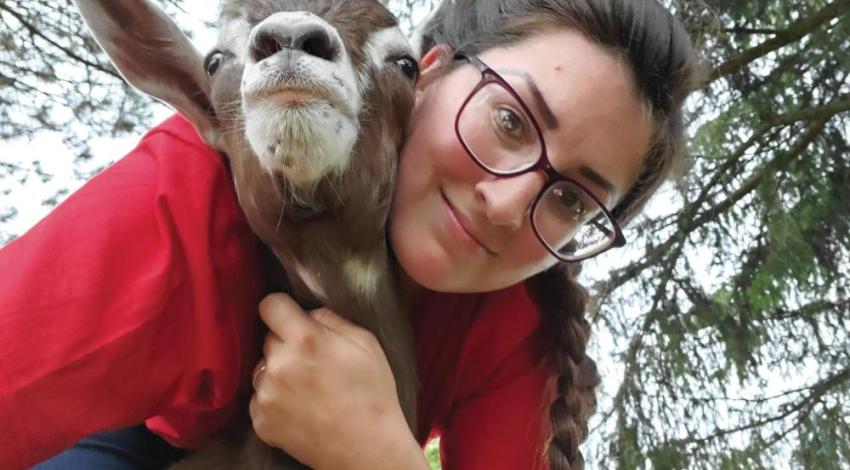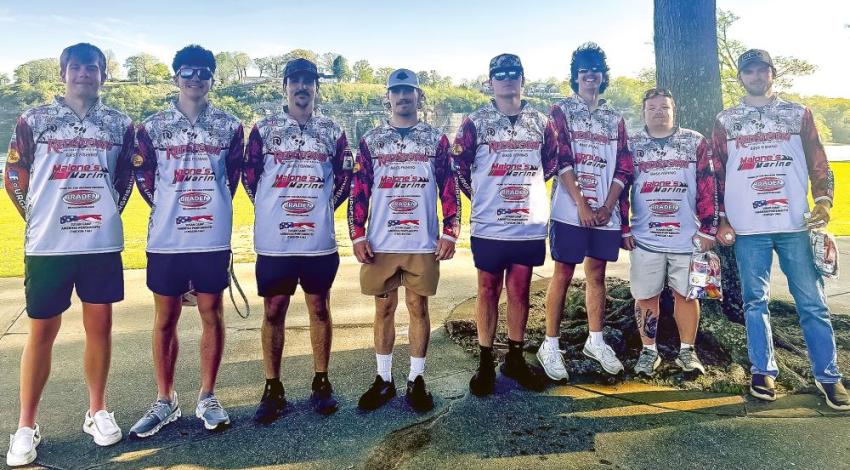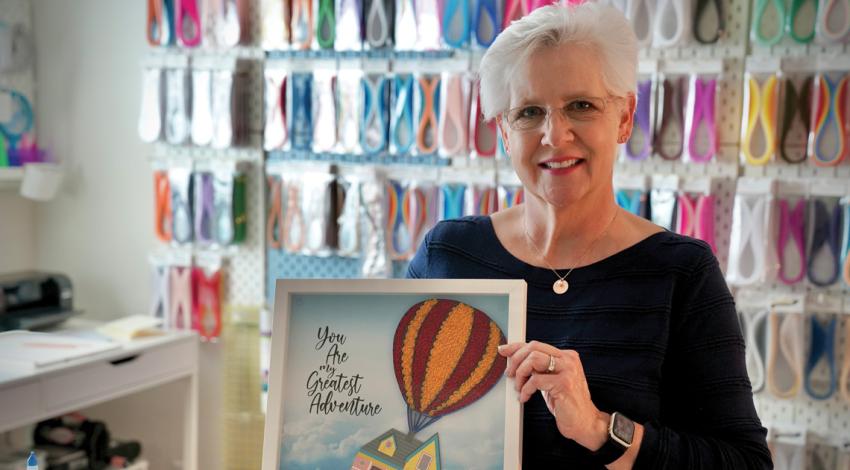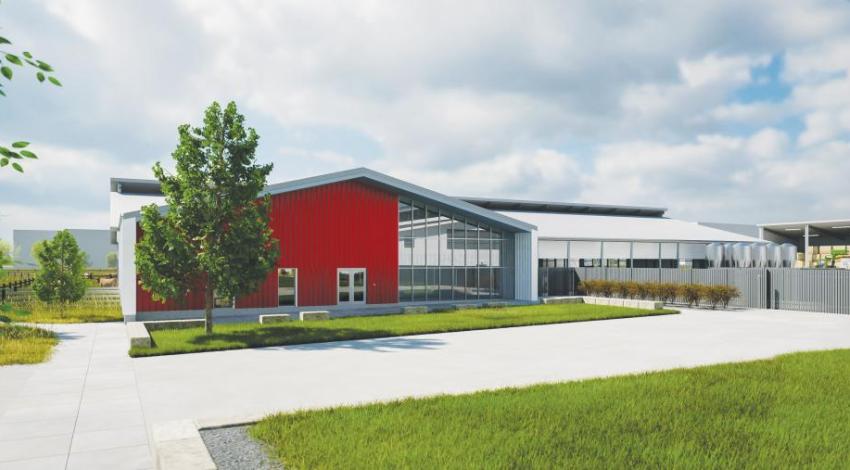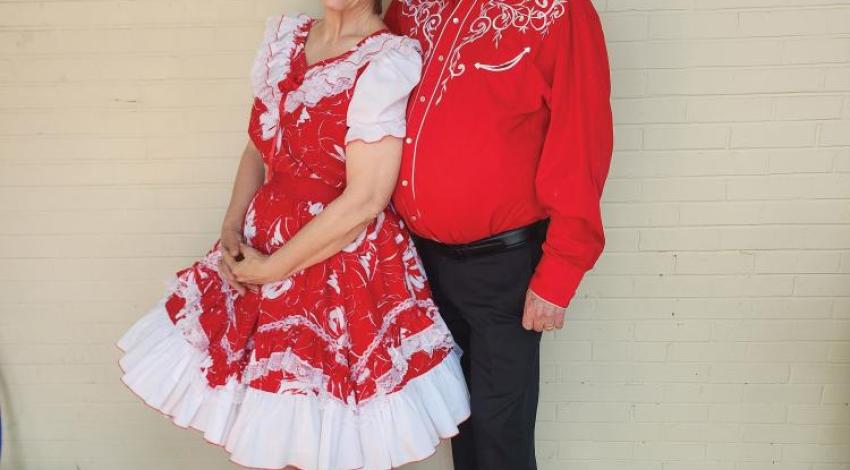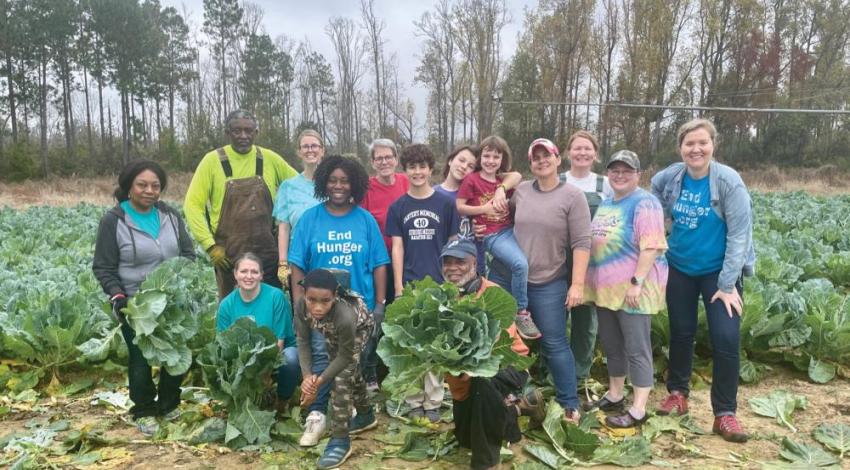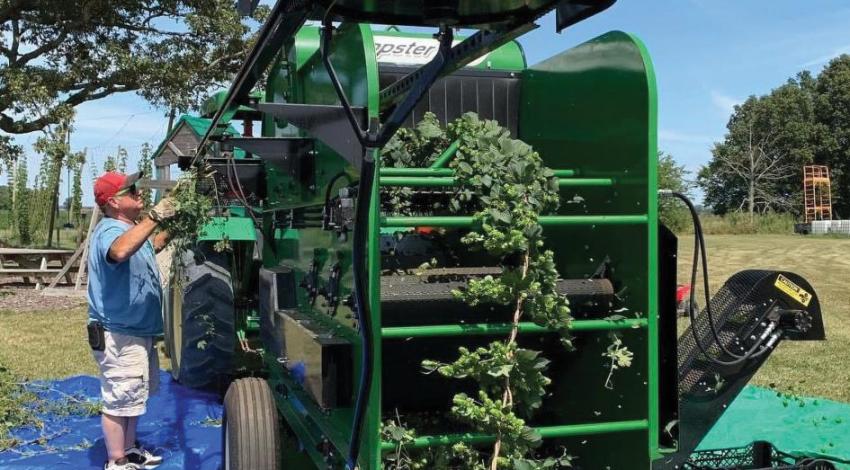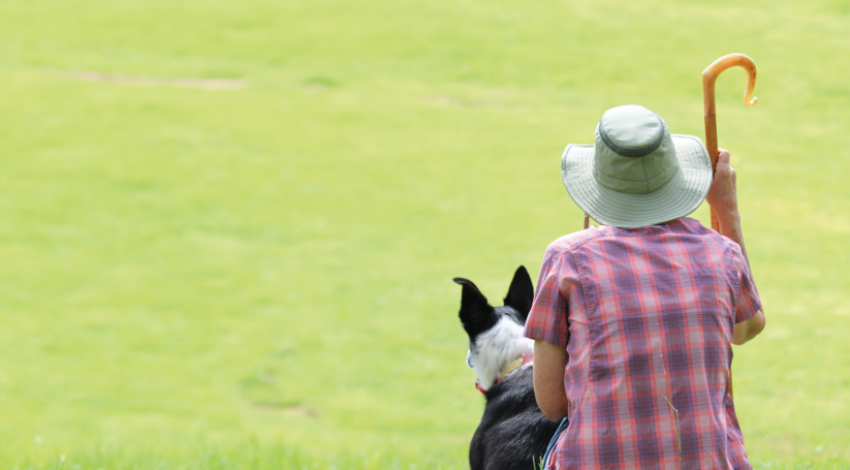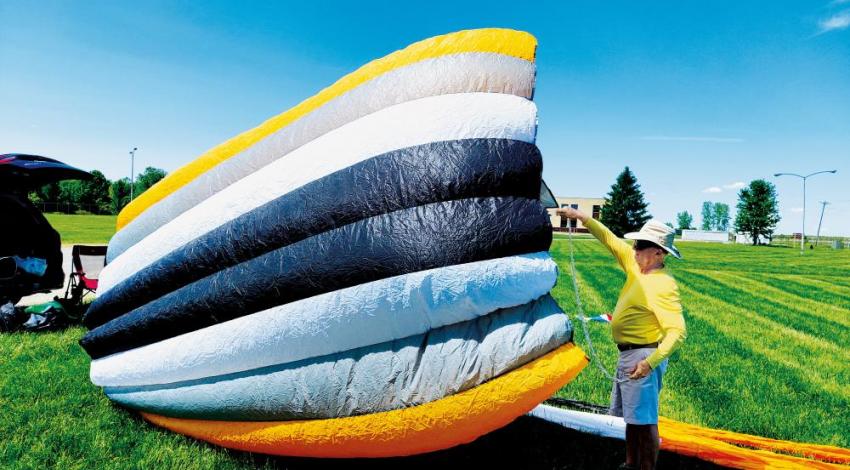Rachel LaRue grew up in the suburbs of Columbus, an area not generally thought of as “farm country.” Despite that, she says, she was involved in 4-H and “I always wanted to have a homestead with animals.”
That organization, based in Pittsboro, North Carolina, keeps track of rare breeds of sheep, horses, cattle, chickens, and other types of livestock — researching populations of dozens of breeds and rating their viability from “critical” (fewer than 100 annual U.S. registrations) to “recovering” (over 2,500 annual U.S. registrations, but still in need of monitoring).
